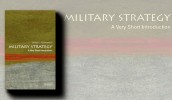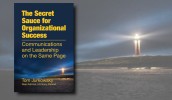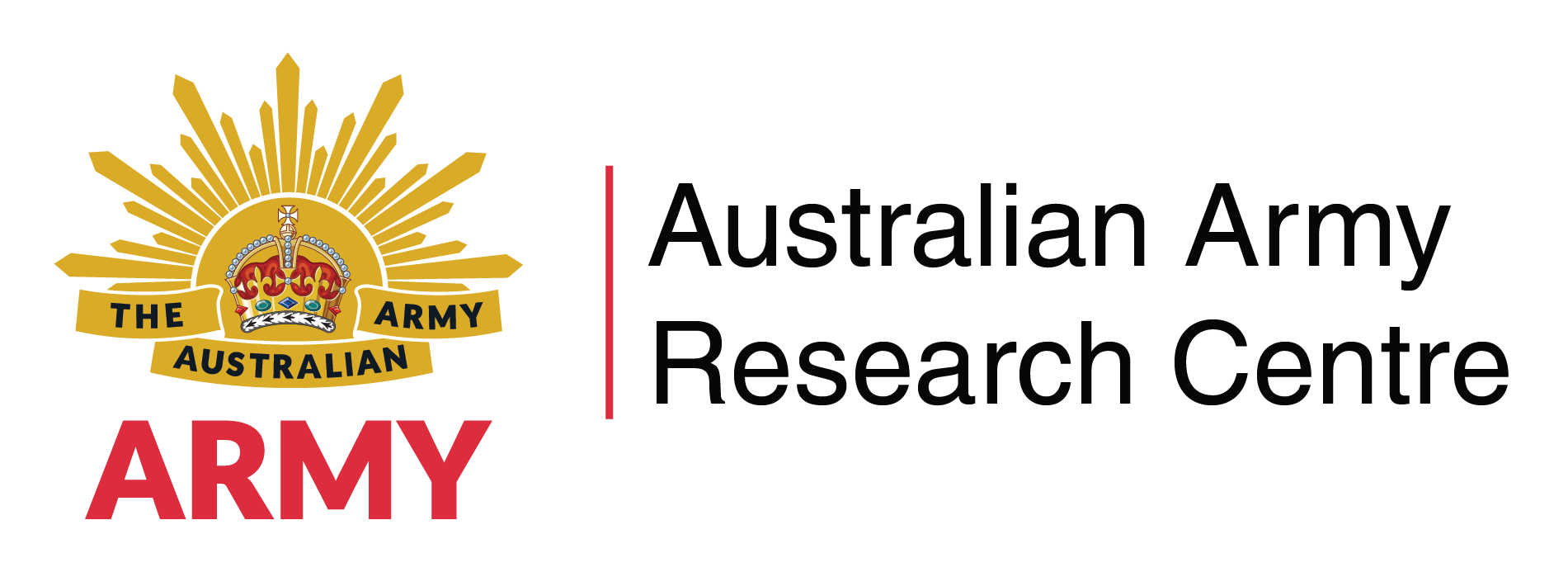Search
Using the filters to the left, click your selection, it will become bold and filter the results, click it again to remove that filter.
As the summer holidays approach, full of the promise of reading (or listening) time, it is worth looking at some of the books, articles, and other writings that have inspired members of the Australian Army Research Centre’s (AARC) Academic Team over the last year. John Nash – AARC Academic Research Officer Nick Lloyd, The Eastern Front. A History of the First World War , Penguin , 2025 (paperback) Writing a single-volume history of the Eastern Front – and in a previous book, on the Western Front – is an …

Army MakerSpace About MakerSpace Makerspace is an Army initiative providing a place for learning-by-making and education in innovative approaches, creative thinking, and agile methodologies. All Army personnel are invited to join their local community of makers to gain a professional toolbox of problem-solving techniques to tackle Army’s current and emerging challenges. Makerspace is part of The Battle Lab within Army G7/Forces Command and contributes to realising a Future Ready workforce Locations The …

Major Cate Carter is co-director of the Military Organisation and Culture Studies research group and an Adjunct Associate Professor at the University of South Australia. She holds a PhD in Military Sociology from Deakin University and is an Army Reserve researcher at the Australian Army Research Centre. … Cate …

The Chinese Army in the Vietnam War Cambridge Oxford University Press, 2020, 320 pp RRP: $88.95 ISBN: 9780190681616 Written By : Xiaobing Li Reviewed By : Garth Pratten Millions of words of analysis in English exist on what the West refers to as the ‘Vietnam War’ and Vietnam as the ‘American War’, but which is more appropriately referred to as the Second Indochina War. The bulk of these focus on the American experience, less on those of the two Vietnamese states or minor participants like Australia. …

Associate Professor Garth Pratten is a military historian in the Strategic and Defence Studies Centre at the Australian National University. One of his previous roles was as a research assistant for the Official History of Australia’s involvement in Southeast Asian Conflicts 1948–1975. He lived in Vietnam from 2022 to 2025. … Garth …
A Very Short Introduction Oxford University Press, 2 nd edition, 2024, 133 pp Paperback ISBN: 9780197760154 AUTHOR: Antulio J Echevarria II REVIEWED BY: Jordan Beavis The sheer breadth and depth of scholarship available on military strategy is overwhelming. For centuries scholars and practitioners have debated what military strategy is, how strategies can be categorised, and the factors that can lead to the success or failure of a strategy. This is not to mention the mass of literature dedicated to case …

Dr Ellen Bloxsome is a Research Officer in the Directorate of People Intelligence and Research. She contributes to the YourSay Workplace Experience survey and knowledge translation projects. Ellen holds degrees in Sociology and Business and maintains ongoing research interests in image transfer, reputation management and news values. … Ellen …
Communications and Leadership on the Same Page Air University Press , 2020, 148 pp, Open Access Written By : Tom Jurkowsky Reviewed By : Ellen Bloxsome The Secret Sauce for Organizational Success: Communications and Leadership on the Same Page is a text about military and organisational public affairs that reads like a fireside chat or a collection of ‘warries’. [1] The author, Rear Admiral Tom Jurkowsky (Retd.), served in United States’ Navy as a public affairs’ specialist and later held a number of …

The Chief of Army Essay Competition and Chauvel Prize 2026 Chief of Army Essay Competition The release of the Defence Strategic Review (2023) and the National Defence Strategy (2024) has presented a new focus and a new set of challenges for the Australian Defence Force (ADF), and the Army in particular. After 25 years of peacekeeping and low-intensity conflict, the Army needs to prepare for high-intensity conflict, most likely in a changing littoral environment The theme of the 2026 Chauvel Prize is …

Major Dale Morley-Turnbull enlisted into the Army Reserve in 1990 while studying at university, she graduated from the Regional Universities Regiment - Queensland in March 1993 as a Second Lieutenant, allocated to the Royal Australian Corps of Military Police and posted to the 25th Battalion, Royal Queensland Regiment as Assistant Adjutant. MAJ Morley-Turnbull has been posted to a variety of postings during her reserve service including Platoon Commander 14 MP Platoon, 1 Military Police Company, the …

